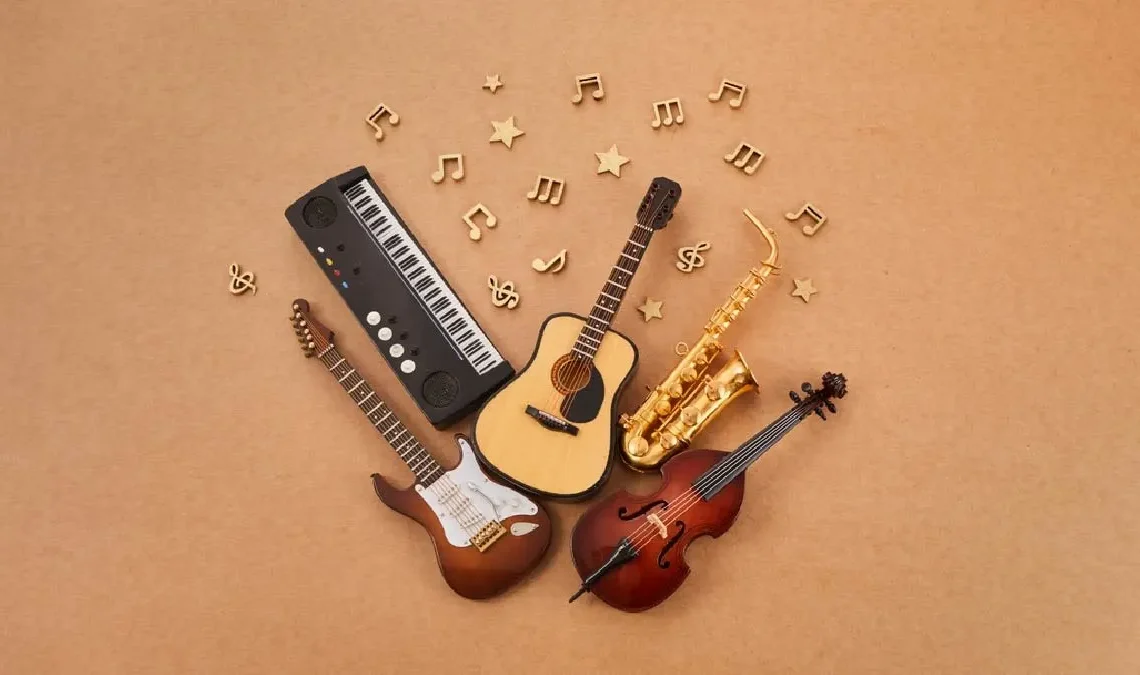
In light of World Music Day, let’s look more closely at the evolution of music across cultures. The evolution of music is a rich and complex narrative that spans millennia. It reflects the diverse social, political, and technological contexts of human societies. Music has served as a universal language, fostering communication and cultural exchange while evolving uniquely in different regions.
A brief look at the different cultures and their music
Ancient Beginnings
Music’s origins are deeply connected with the early development of human societies. In prehistoric times, music began as simple rhythms and chants used in rituals and communal activities. Archaeological evidence, such as bone flutes from Europe dating back over 40,000 years, suggests the early existence of musical instruments. In ancient civilizations like Mesopotamia, Egypt, and Greece, music played a crucial role in religious ceremonies, storytelling, and social gatherings. The Greeks, in particular, made significant contributions to music theory, introducing concepts like scales and modes.
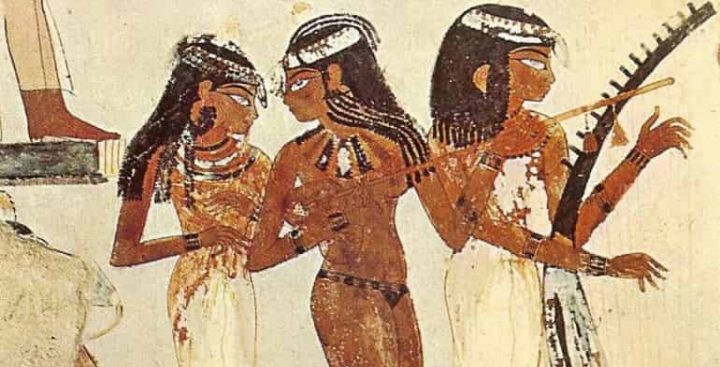
Music in Ancient Egypt
Asian Musical Traditions
In Asia, music evolved in distinct ways across different cultures. In China, music was considered a crucial element of harmony in society, influenced by Confucian and Daoist philosophies. Traditional Chinese music features pentatonic scales and instruments such as the guzheng and erhu. Meanwhile, Indian classical music, with its roots in Vedic traditions, developed two primary forms: Hindustani in the north and Carnatic in the south. Indian music is characterised by its intricate ragas (melodic frameworks) and talas (rhythmic cycles), emphasising improvisation and the spiritual connection of the performer.

Traditional Chinese Music
African Rhythms and Influences
African music is diverse and reflects the continent’s vast cultural landscapes. It is heavily rhythmic, often involving complex polyrhythms and the extensive use of percussion instruments like drums, mbiras, and xylophones. Music in African societies is deeply integrated into daily life, rituals, and storytelling, serving as a vehicle for oral history and communal identity. The call-and-response pattern is a notable feature, promoting interaction between performers and audiences.
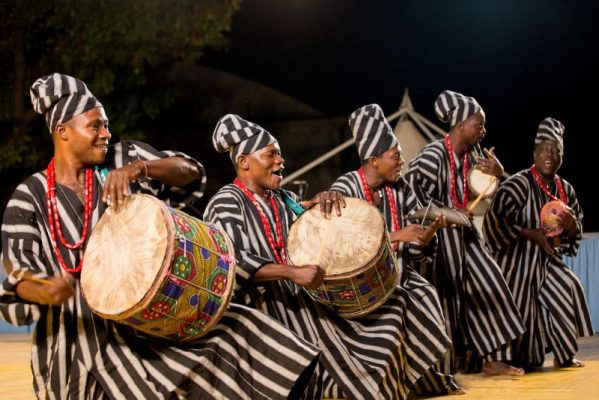
Traditional African musical instruments
European Developments
In Europe, music evolved through various historical periods, from the medieval era with its sacred Gregorian chants to the Renaissance, which saw the flourishing of polyphonic music. The Baroque period introduced composers like Bach and Handel, who expanded musical forms and harmonies. The Classical era, marked by figures like Mozart and Beethoven, emphasised clarity, balance, and form. The Romantic period followed, characterised by expressive depth and emotional intensity, with composers such as Wagner and Tchaikovsky pushing the boundaries of musical expression.
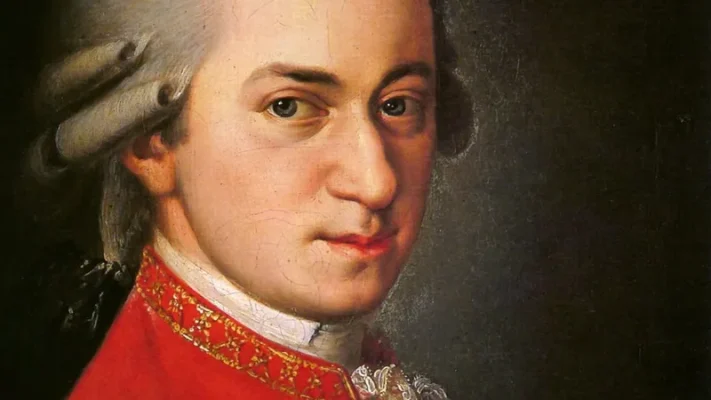
Wolfgang Amadeus Mozart
The Americas and the Birth of New Genres
The Americas became a melting pot of musical influences due to colonisation, migration, and the transatlantic slave trade. Indigenous music mixed with African rhythms and European melodies to give rise to new genres. In the United States, jazz emerged in the early 20th century, blending African-American musical traditions with European harmonic structures. Jazz’s evolution into blues, rock ‘n’ roll, and hip-hop showcases the dynamic and adaptive nature of music. Latin American music, with its African, indigenous, and European influences, produced rich genres like salsa, tango, and samba, each reflecting the region’s unique cultural syncretism.
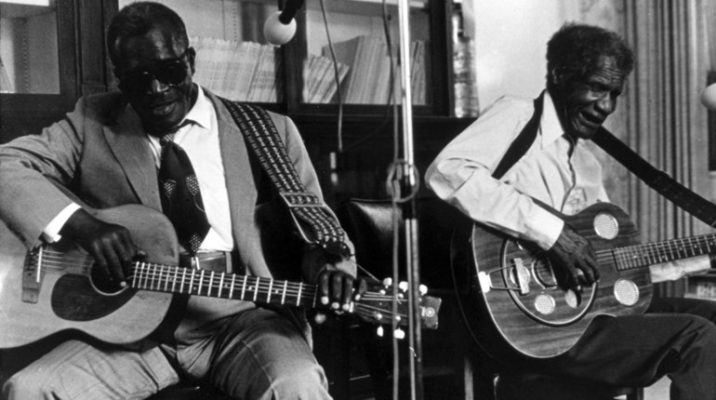
The Blues genre rises in America.
Modern and Global Perspectives
The 20th and 21st centuries have seen unprecedented globalisation of music. Technology, from the phonograph to the internet, has revolutionised how music is produced, distributed, and consumed. Genres like pop, rock, and electronic dance music (EDM) dominate global charts, often blending elements from various cultural traditions. Music festivals and collaborations between artists from different countries have encouraged cultural exchange, creating a global musical landscape that is more interconnected than ever before.

Coachella 2024
Related articles:
18 Timeless Songs You Must Listen To

